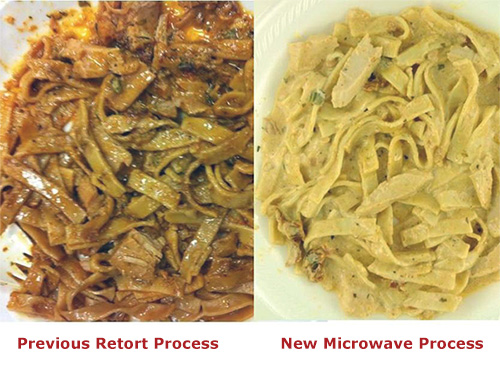How the Combat Feeding Program revolutionized military meals to provide long-lasting, nutrient-packed food for the battlefield.
In the late 1990s, the military had developed a diverse range of Meals Ready-to-Eat (MREs) for soldiers in the field. These meals, packaged in durable pouches, were designed to be consumed anywhere, even after being dropped from 100 feet. Despite their variety, troops expressed a desire for more familiar meals, like pocket sandwiches, which sparked a wave of innovation in military food science.
Military Meals Throughout History
"All of our meals are warfighter tested and warfighter approved," said Gerry Darsch, Director of the Department of Defense's Combat Feeding Program, in an exclusive interview with *The Ready Nation*.
During the early 1990s, feedback from soldiers indicated a demand for convenient meals resembling freezer-aisle favorites like Hot Pockets™. At the time, the Combat Feeding Program had successfully created MREs such as spaghetti, lasagna, and vegetable dishes, but certain foods like eggs, seafood, and sandwiches posed significant challenges due to their delicate nature.

The Science Behind MREs
The creation of shelf-stable meals required advanced techniques to ensure a five-year shelf life while retaining nutrients and flavor. Key factors included:
- Controlling oxygen content to prevent bacterial growth.
- Monitoring pH levels and water activity to stabilize food.
- Packing high-calorie content into small spaces for maximum energy efficiency.
Early research involved innovative approaches, including using MRI machines in local hospitals to study bacteria and water movement within food pouches. Today, the Combat Feeding Program has its own state-of-the-art equipment, enabling precise testing and development.
Modern Advances in MRE Technology
The department pioneered methods like pasteurized sterilization, microwave-assisted thermal stabilization, and pressure-assisted thermal stabilization. These techniques not only improved the shelf life and safety of MREs but also enhanced nutrient retention and taste.

"The new method is incredible," Darsch said. "The difference between the old retort method and the microwave-assisted method is eye-opening. And the best part is that the nutrient retention is better."
The Impact and Future of MREs
The advancements in MRE technology allowed the military to introduce a wider variety of meals with improved taste and nutrition. However, it wasn't until 2008, during the war in Afghanistan, that these innovations were deployed on the battlefield.
Looking ahead, the Combat Feeding Program is exploring exciting possibilities, including:
- Developing machines that repurpose food packaging and equipment waste into energy.
- Creating nutraceuticals to enhance physical performance and durability for soldiers.
"We have some very exciting problems to figure out," Darsch shared. "The future of the Combat Feeding Program is bright and vital to military efficiency."















